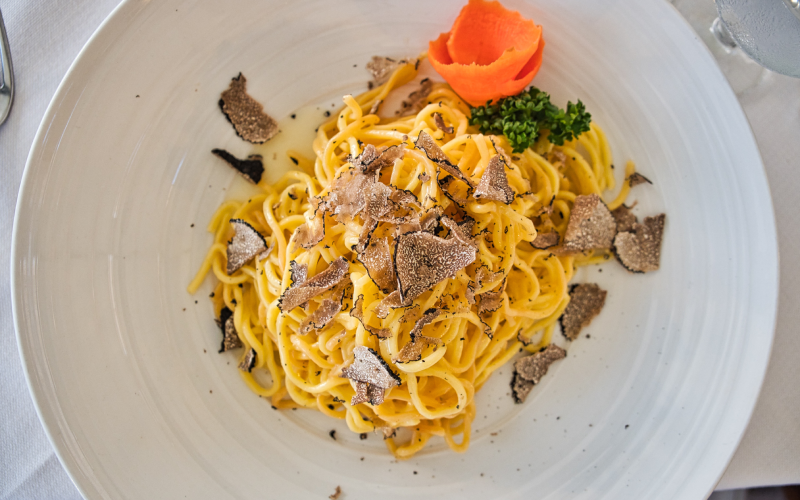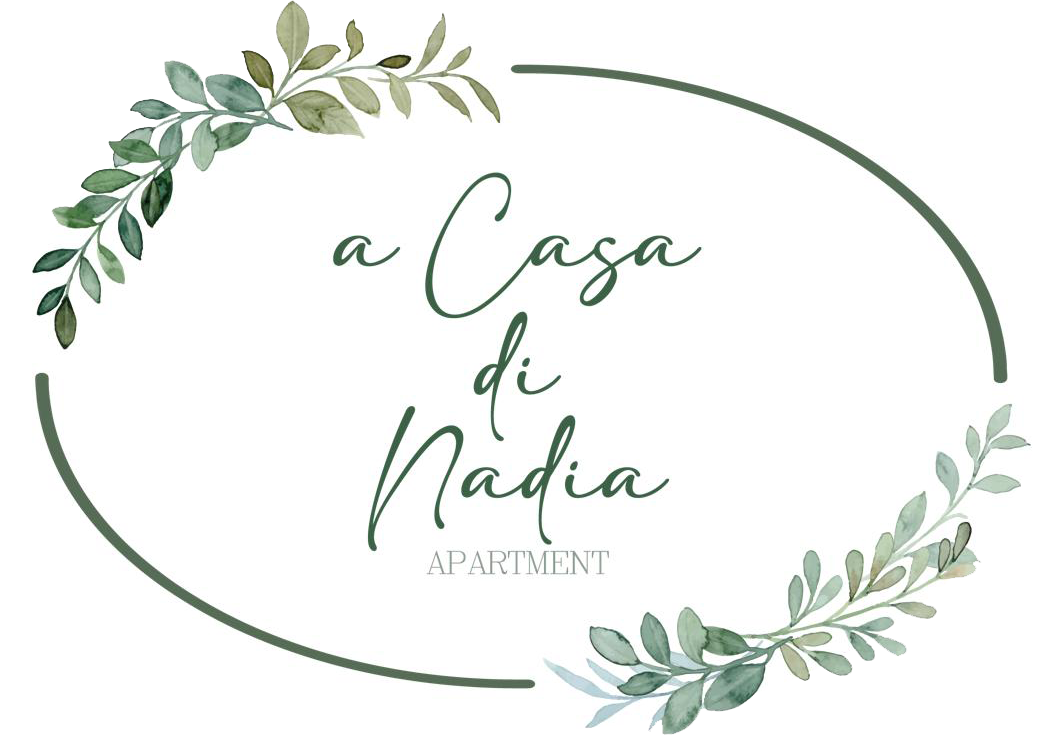
L’Umbria è una terra generosa che offre numerose specialità locali, prodotti genuini dai profumi deliziosi.
La tradizione enogastronomica umbra è molto variegata.
Il re indiscusso delle golosità dell’Umbria è il tartufo nero di Norcia e Spoleto, che molto spesso cade morbido su ricchi piatti di strangozzi o umbricelli (tipologie di pasta sapientemente prodotte a mano).
Tartufo nero di Norcia e Spoleto: specialità dell’enogastronomia umbra
Il tartufo nero pregiato umbro (Tuber melanosporum) è la varietà più diffusa in Umbria e quella più pregiata fra i tartufi neri. Ha un aroma delicato e un aspetto riconoscibile grazie alla sua forma generalmente regolare.

Le dimensioni invece variano, i più piccoli hanno le dimensioni di una nocciola mentre i più grandi arrivano alla grandezza di un pompelmo se le condizioni climatiche-ambientali sono particolarmente favorevoli. Matura in autunno-inverno e si presta molto bene alla cottura.
